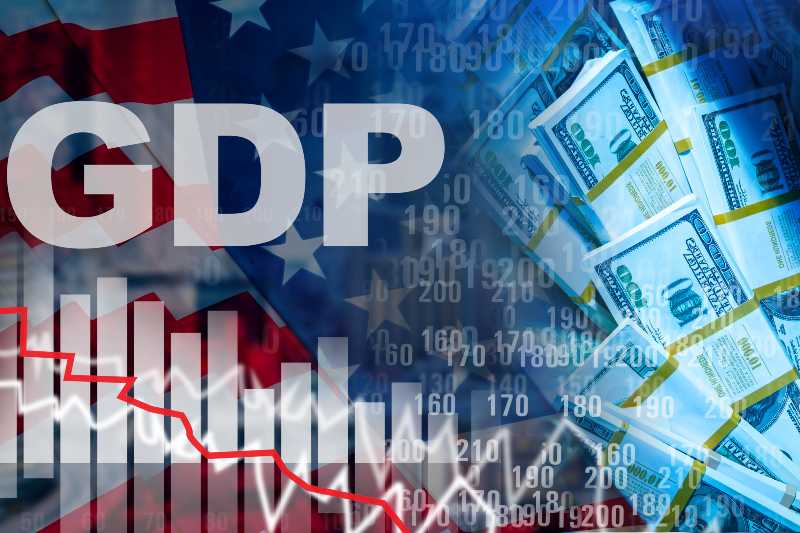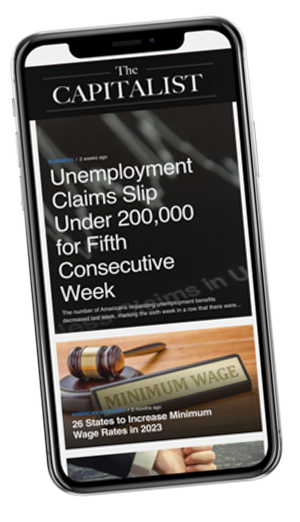Uncategorized
GDP Soars 4.7% Thanks to Rise in Consumer Spending

Americans increased their spending as the summer came to an end this year, driving a significant uptick in GDP.
In the third quarter, the U.S. economy grew at a seasonally and inflation-adjusted annual rate of 4.7 percent, more than double the 2.1 percent rate of the previous quarter.
Many economists and decision-makers anticipated the economy would enter a recession this year as a series of rate hikes by the Federal Reserve gripped the economy. However, the strength of growth this year has surprised them. As the year went on, the economy, on the other hand, grew even faster.
Expectations for the third quarter have gradually increased over the last few months. A recession within a year was predicted by Bloomberg Economics' analysis a year prior with a 100% chance. Economists predicted a slight contraction in the third and fourth quarters as recently as April. Despite real-time estimates like GDPNOW from the Federal Reserve Bank of Atlanta showing growth would be closer to 5%, many economists were projecting only modest growth for the third quarter in July.
Wall Street analysts have been rushing in recent weeks to update their forecasts in light of data showing that the economy expanded quickly in the third quarter. Econoday reports that the median estimate was for 4.7 percent growth, which was marginally less than the official estimate that was made public on Wednesday.
The economy's surprisingly strong performance is largely explained by consumer resilience. Despite high interest rates and widespread concerns about a recession, consumers did not reduce their spending on goods and services.
The quarter saw a 4 percent increase in consumer spending, more than quadrupling the 0.8 percent growth rate from the previous quarter.
In the months of July through September, consumers increased their spending on both goods and services. The amount that Americans spent on dining out and hotel stays increased in the category of services. Spending on housing, healthcare, and financial services all increased.
Spending on goods was primarily driven by prescription drugs, which may be a reflection of the rise in the use of weight loss medications. Additionally, Americans spent more on vehicles and recreational goods.
The economy expanded in the third quarter at an annual rate of 8.5 percent, or $560.5 billion, to reach $27.62 trillion before accounting for inflation. The GDP grew by 3.8 percent, or $249.4 billion, in the second quarter.
Gross domestic private investment increased by 8.4 percent, while government spending and investment increased by 4.6 percent.
Up Next:



